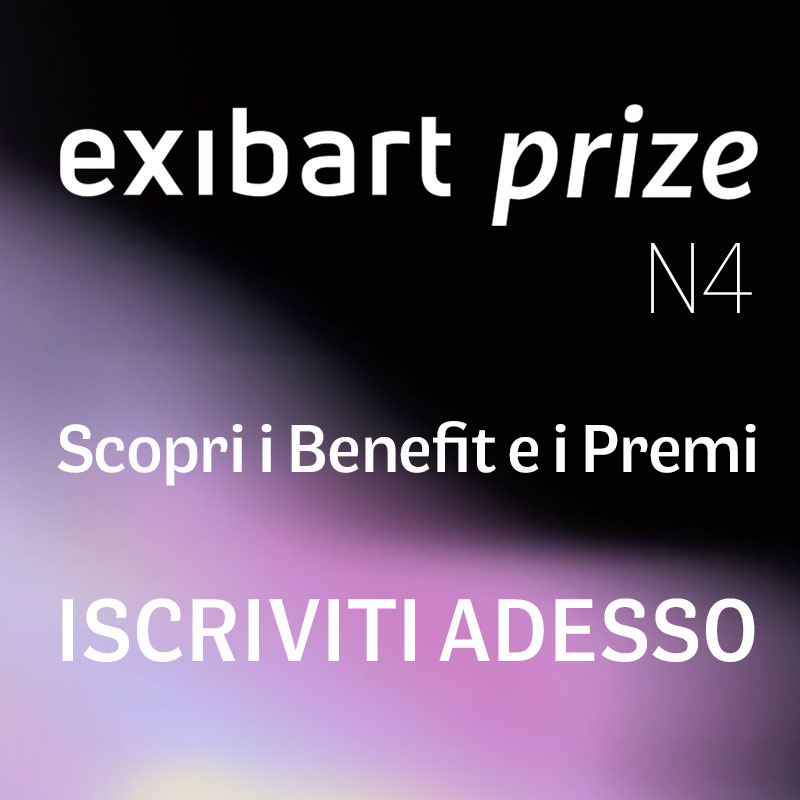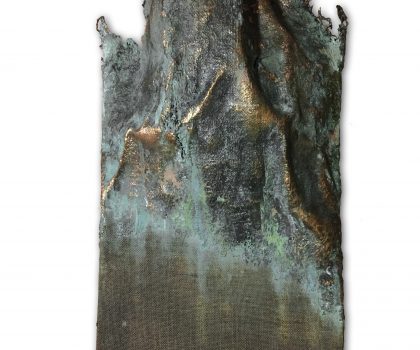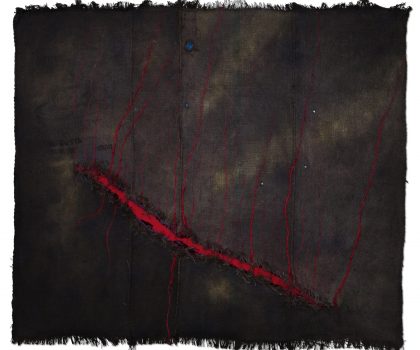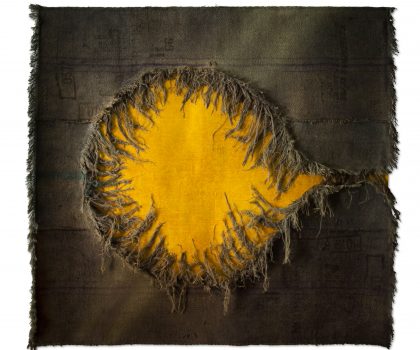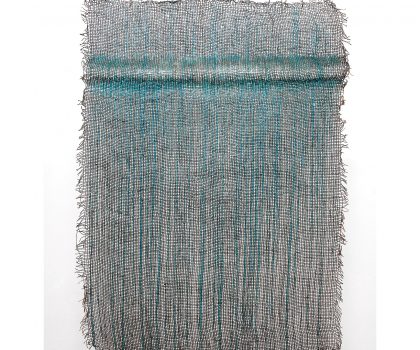Born in Munich, Germany, Tania Welz has lived and worked in Rome for over 20 years.
Welz aims at an unconventional use of fibers, choosing fabrics and materials, connecting them to each other through cuts, assemblages, burns and padding, creating large abstract works with a strong chromatic and textural impact. Through the juxtaposition of poor materials with rich fabrics or precious inserts, the artist offers a perspective of dynamic and visually evocative transformation.
Her work has been exhibited in various international exhibtion such as the fiber art biennale in China, Expo WIA (Warsaw International Art), Dubai, Munich, Belgrade, London and Los Angeles and won various prizes and recognitions.
artist statement
All life on earth has form and texture, and each individual life, like a single strand or fibre, interweaves with others, becoming part of an intricately meshed fabric that enwraps and connects all of life’s phenomena. Yet each living tissue is fragile, can be damaged, is exposed to the ravages of time and finally will perish.
This impermanence of life and the resulting exploration into time is a common thread running through all the work of Tania Welz.
The inter-temporal connections of the different time axes — past, present and future — are illustrated by the use of materials such as gold, which originated millions of years ago and can still be found in our daily lives. Gold, as a representative of the permanent, the imperishable, communicates with the fragile, the impermanent Now.
Welz uses processes of chemical phenomena such as the oxidation of certain metals to further underline the transformation inherent to life. Burns, cuts and paddings of humble materials are contrasted with precious inserts, and Welz sets in motion a metamorphosis, a constant progression of decline and renewal, within an infinite cycle of appearance and disappearance.
Her work can be seen as a series of snapshots in which a wide range of material worlds intertwine, damage and repair each other — only for a moment and then they separate again — in an attempt to show this fleeting instant of life, to freeze a moment of beauty before it will inevitably disappear.
Welz aims at an unconventional use of fibers, choosing fabrics and materials, connecting them to each other through cuts, assemblages, burns and padding, creating large abstract works with a strong chromatic and textural impact. Through the juxtaposition of poor materials with rich fabrics or precious inserts, the artist offers a perspective of dynamic and visually evocative transformation.
Her work has been exhibited in various international exhibtion such as the fiber art biennale in China, Expo WIA (Warsaw International Art), Dubai, Munich, Belgrade, London and Los Angeles and won various prizes and recognitions.
artist statement
All life on earth has form and texture, and each individual life, like a single strand or fibre, interweaves with others, becoming part of an intricately meshed fabric that enwraps and connects all of life’s phenomena. Yet each living tissue is fragile, can be damaged, is exposed to the ravages of time and finally will perish.
This impermanence of life and the resulting exploration into time is a common thread running through all the work of Tania Welz.
The inter-temporal connections of the different time axes — past, present and future — are illustrated by the use of materials such as gold, which originated millions of years ago and can still be found in our daily lives. Gold, as a representative of the permanent, the imperishable, communicates with the fragile, the impermanent Now.
Welz uses processes of chemical phenomena such as the oxidation of certain metals to further underline the transformation inherent to life. Burns, cuts and paddings of humble materials are contrasted with precious inserts, and Welz sets in motion a metamorphosis, a constant progression of decline and renewal, within an infinite cycle of appearance and disappearance.
Her work can be seen as a series of snapshots in which a wide range of material worlds intertwine, damage and repair each other — only for a moment and then they separate again — in an attempt to show this fleeting instant of life, to freeze a moment of beauty before it will inevitably disappear.

